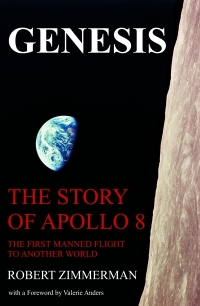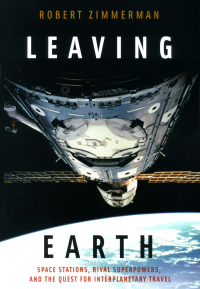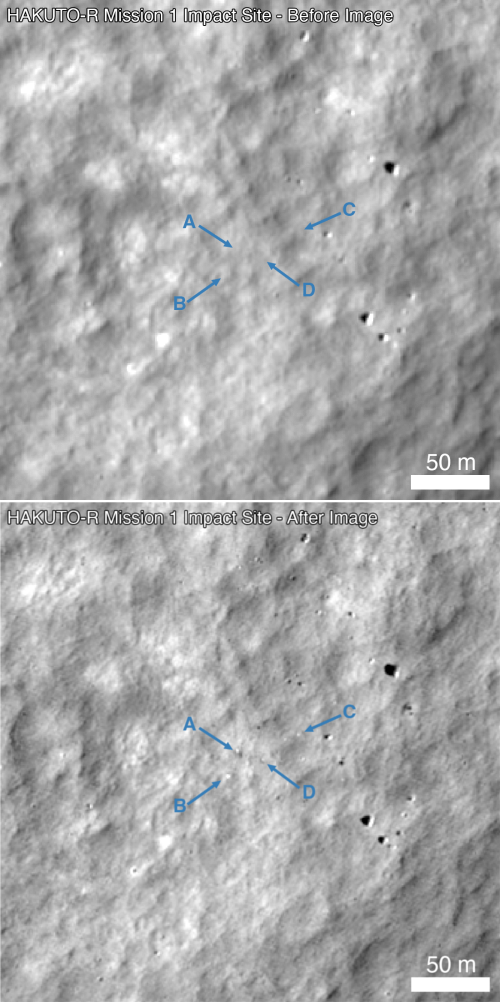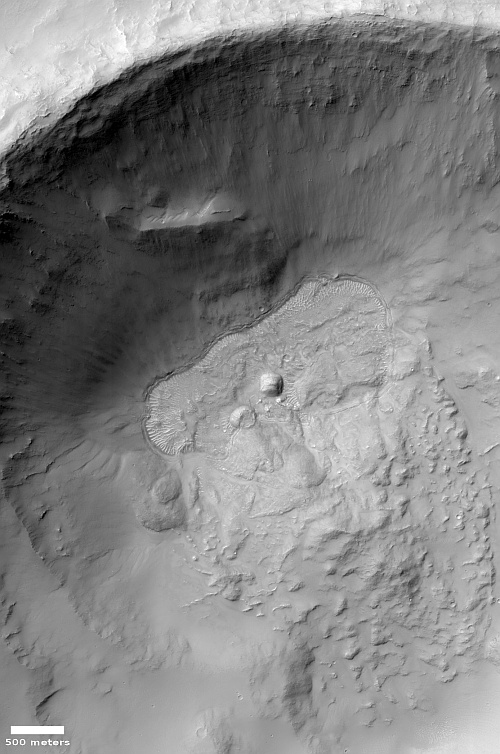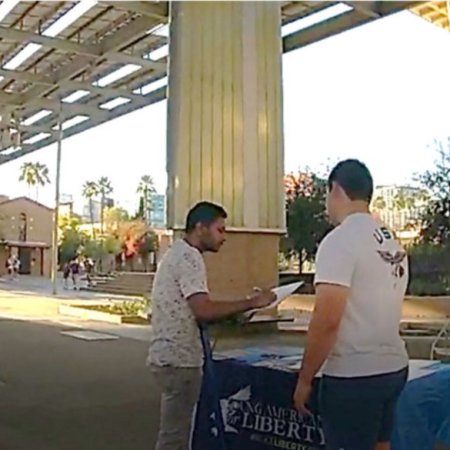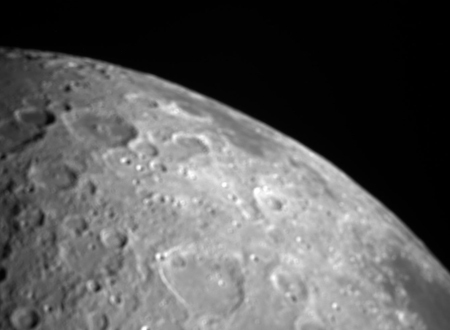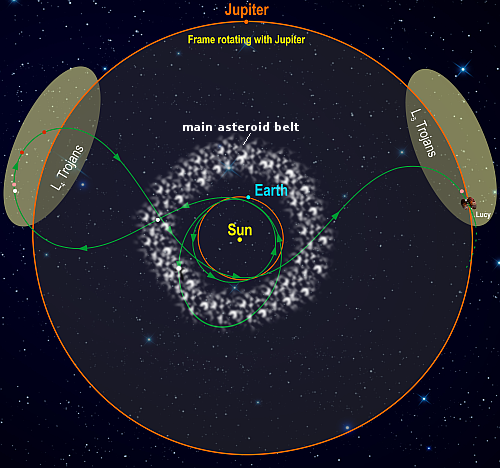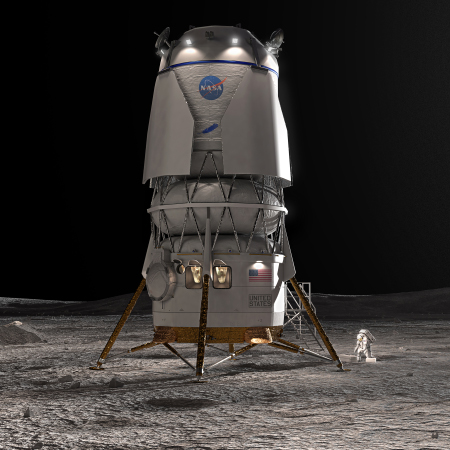We’re here to help you! It appears that three different federal agencies have been tasked to investigate the safety of methane-fueled rockets, which SpaceX, Relativity, Blue Origin, and others are beginning to use for their rockets. It burns cleaner and with more power than kerosene and is easier to handle than hydrogen.
Yet, the federal government under Biden now seems worried a new innovation in rocketry is being developed. First, the FAA is studying the explosive potential of such rockets, according to Brian Rushforth, the manager of the innovation division.
The FAA has set up a test stand at the Dugway Proving Ground in Utah. A crane 43 meters tall will be used to drop stainless steel containers containing mixtures of LOX and methane. A series of tests is planned to start in June on three-week intervals to measure the explosive power of that propellant combination. A second phase, tentatively scheduled for next year, will conduct similar tests with varying velocities. He said the data from those tests will be shared with other government agencies, such as NASA and the U.S. Space Force, along with launch vehicle developers.
Meanwhile, NASA and the Space Force are jointly doing a separate study on how methane-fueled rockets threaten the launch range and other nearby launchpads.
In all three cases it can be argued that these studies make sense. It also can be argued that the Biden administration is putting pressure on these agencies to find ways to squelch this new technology, especially because it is central to the development of SpaceX’s Superheavy/Starship rocket, and there is real hostility in Democrat/leftist circles to Elon Musk. This latter argument is further strengthened when you consider the explosive possibilities of hydrogen fuel, used by the space shuttle for decades as well as NASA’s SLS rocket. I can’t imagine its danger is less than methane. If hydrogen has been determined to be okay why should methane now be considered a threat?
Either way, we can be sure of one thing: These studies will slow down development by SpaceX and others of these new methane-fueled rockets. They will also provide ammunition for outside environmental groups who want to file further lawsuits against these companies to stop their rockets from launching.

